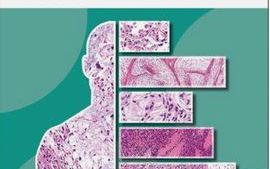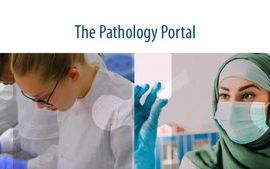Restricted resource
The thought of reviewing the second edition of Quick Reference Handbook for Surgical Pathologists has been on my mind since the first week after I purchased my copy. I cannot stop praising the book; it has been a staple during my histopathology training, starting from ST1 year and leading up to FRCPath examinations, particularly Part 2.
The book offers an accessible road map for navigating the ever-growing complex terrain of diagnostic pathology. It begins with simplified, yet comprehensively described topics, including illustrated glossaries of histopathological descriptors. This chapter proves very helpful for junior trainees beginning the examination of morphological patterns under the microscope. There are also chapters discussing the utility of special stains and immunostains, including application of stains, markers of differentiation and general organ-based panels. There is emphasis on organ-specific grading systems, stains and molecular markers, with a dedicated chapter compiling high yield information in an easily understandable table. The book also contains more in-depth and nuanced topics such as tumour genetics and tumour syndromes with differential diagnosis and helpful clinical references. These topics are valuable in scoring extra marks in the FRCPath Part 2 exam.
The book proves to be an indispensable resource for aspiring pathologists preparing for the FRCPath Part 1 and Part 2 examinations, as well as for junior consultants who often find themselves facing a multitude of challenges. It is well structured, delivering information through tables and diagrams complemented by concise explanatory text. This is particularly helpful for topics difficult to keep committed to memory, such as molecular translocation, immunohistochemistry for lymphoproliferative disorders and genetic tumour syndromes.
I personally prefer a combination of online resources and physical books for studying and revising histopathology. My copy of this book shows undeniable evidence of constant use in my daily professional practise, with much highlighted text, annotations and folded pages. For this reason, I find this particular book to be best purchased in printed form.
However, it is important to note that the book's latest edition was published back in 2019. In view of rapid and considerable advances in immunohistochemical and molecular studies, it would perhaps be beneficial to have a revised edition incorporating these new developments.
I would thoroughly recommend this book to any newcomer or practising histopathology doctor for its meticulous organisation and ease of reading, guiding readers through the essential elements of surgical pathology in a systematic way.
Return to April 2024 Bulletin homepage
Read next
Join the Pathology Portal
18 March 2024
College conferences April to July 2024
29 February 2024



